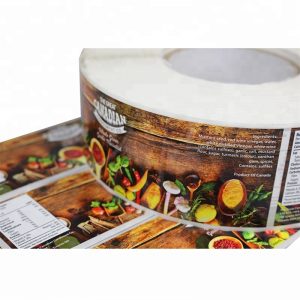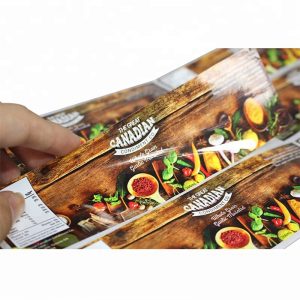At present, the quality of flexographic printing is no less than that of offset printing, and even has its own unique features. The advantages of this printing process are simple machine structure, low cost, printing quality comparable to offset printing and gravure printing, and has the advantage of thicker ink layer than offset printing products. Flexo printing uses water-based ink and uv ink, which does not pollute the environment. However, due to the greater flexibility of the flexographic plate, the tone reproducibility is different from that of intaglio and ordinary letterpress. The dots from the highlights to the midtones of flexographic printing are enlarged, the printing contrast is small, and the high gloss levels are prone to faults. In the printing of fine graphics When labeling, in order to make up for the defects of the level, the highlight part can use frequency modulation dots, dark adjustment or mid-call amplitude modulation screening to improve the quality. Label printing plants without a flexo printing machine can introduce a laminated narrow-width flexographic printing machine dedicated to the printing of self-adhesive labels. This printing machine is suitable for film label printing.
Since the flexographic printing presses all use circular die-cutting, the price of die-cutting rollers is high, and the production cycle is long. They are only suitable for long-run jobs, and are not suitable for the large demand for short-run self-adhesive labels in China. But it is an easy-to-transform label printing equipment that can work on-line with the film slitting, sewing, and sealing processes.

